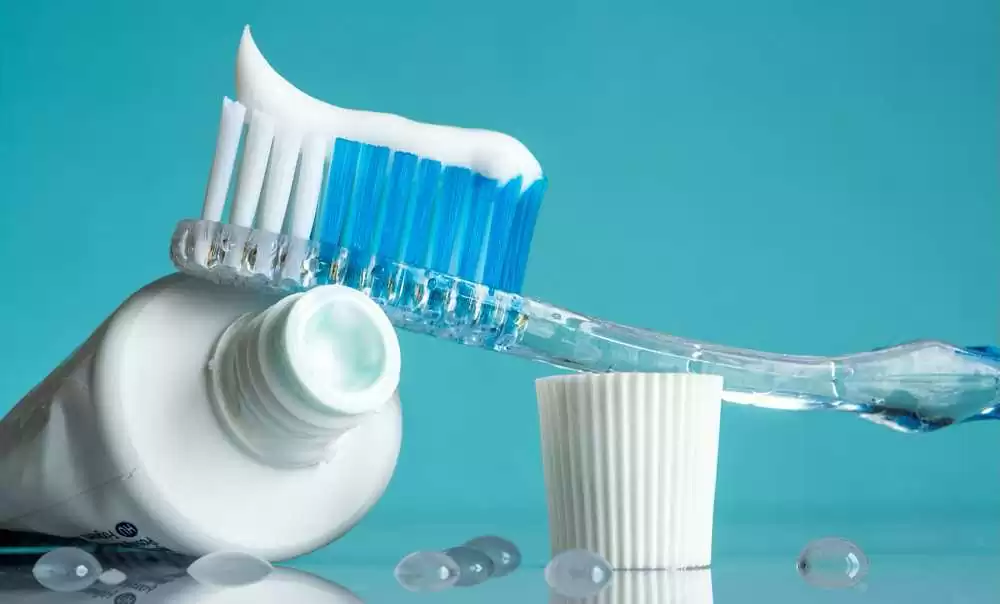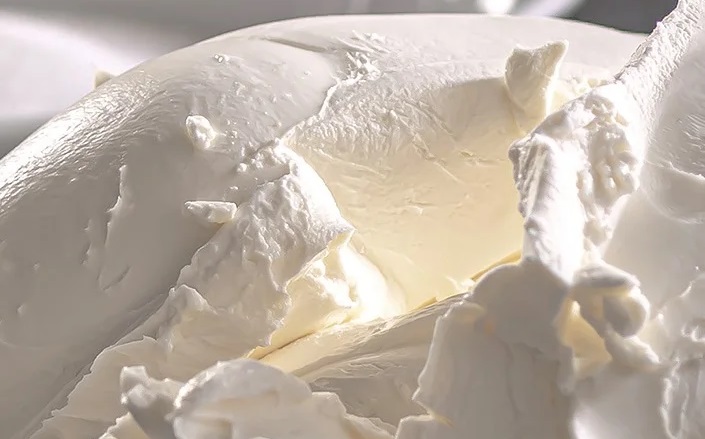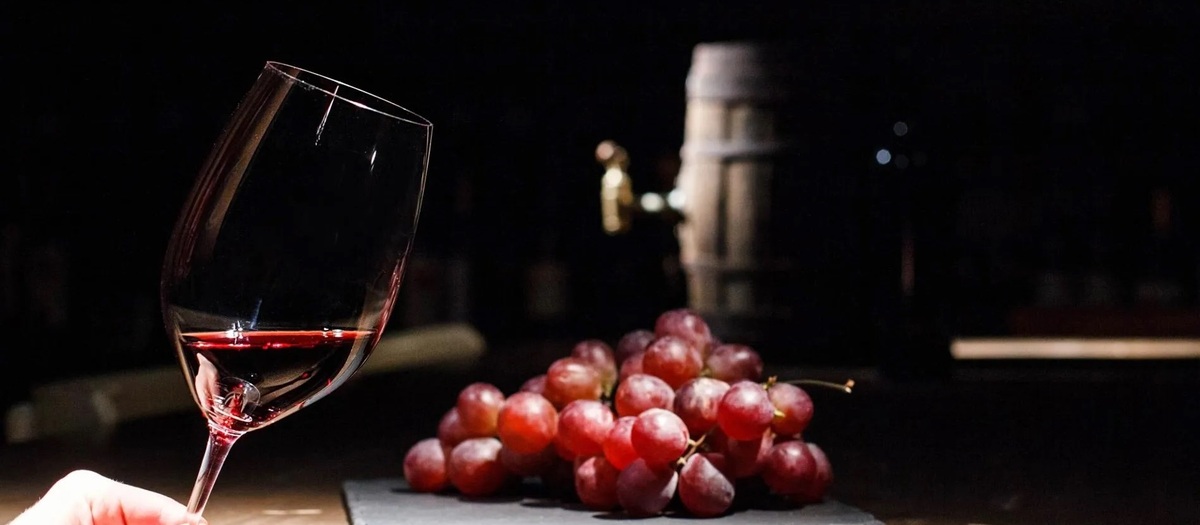Mayonnaise and its derivative sauces can be crafted using at least three distinct methods, primarily differentiated by temperature conditions. These methods include the "hot" or "semi-hot" approach, the "cold" method, and the mixed ("coolie") method, which involves preparing a starch solution during heat treatment for mayonnaises with a fat content below 70%.
Mayonnaise, a common and simple sauce, typically comprised of water, salt, sugar, mustard, skimmed milk powder, egg yolk, oil, and vinegar (or lemon juice). It may have derived its name from a French sauce with a similar structure and color. In many countries, only products with high-fat content (around 80%) can be labeled as mayonnaise, while those with lower oil content are considered dressings.
In the production of mayonnaise, achieving the desired taste, structure, color, and a stable form is crucial. Although classic homemade mayonnaise spoils quickly, commercial production demands a longer shelf life. Therefore, preservatives are often utilized, with acetic acid serving as a natural preservative. However, some labels may list sodium benzoate (E211) or potassium sorbate (E202) as common preservatives.
The division of manufacturing technologies into three main methods is linked to the most common mayonnaise recipes. The cold method, suitable for 70-80% fat mayonnaise, involves mixing and homogenizing all components until a stable emulsion is achieved at 25-30 degrees, without thermal processing. Manufacturers attribute the high acid content in the product to the disadvantages of this technology.
The hot (semi-hot) method is most often used in the production of mayonnaise with a fat content of 65% or less. It would be correct to call it the semi-hot method, since the introduction of egg whites can be introduced at a maximum temperature of 65 degrees, otherwise they lose their stabilizing function. Therefore, a pasteurized mixture of water, sugar, salt, mustard, and milk powder must first be cooled from 95-80 to 55-65 degrees. Only after that, you can add the egg powder, and the oil only after cooling the mixture down to a temperature of approximately 30В°C. Stabilizers and thickeners are also introduced into the cooled mixture. To obtain the required consistency, modified starches can be added, and to retain it, substances such as galactomannan polysaccharide - guar gum (E412), or the food additive HAMULSION.
The coolie method differs from the semi-hot method in that heat treatment is used only in the first stage by dissolving modified starches with water, this technology is used in the production of a product with a low or medium fat content, when it is necessary to thicken the mayonnaise to obtain the desired structure.
Based on the necessary technologies and recipes described above for the production of mayonnaise, they can be used as a universal homogenizing module inside which all components are mixed and homogenized together, as well as a professional vacuum homogenizing unit, or a set of equipment from several units for each stage of product processing.

















